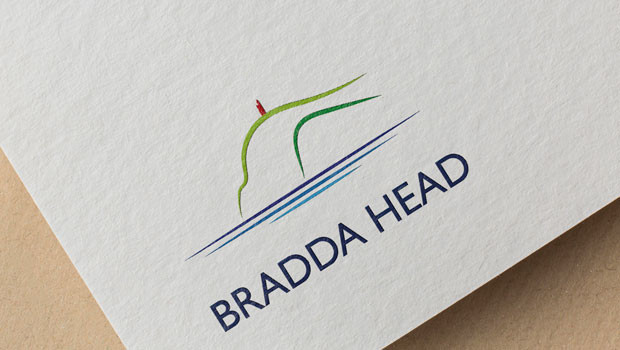Bradda Head reports promising results from Basin Project drilling

North America-focussed Bradda Head Lithium reported promising geochemical results from its drilling programme at the Basin Project in Arizona on Friday.
The AIM-traded firm said the resource-expansion drilling programme, which ended with eight drill holes on the Basin North target, revealed significant lithium discoveries in each hole, potentially leading to a major resource expansion.
A resource expansion exceeding 2.5 million tonnes of lithium carbonate equivalent (LCE) would generate a $3m royalty payment to Bradda Head from Lithium Royalty Company (LRC).
Notably, drill hole BND24-19 discovered a 103-metre thick Upper Clay unit, encountering nearly 100 metres at 839 parts of lithium per million, including a higher-grade interval of 32.52 metres at 1,030 parts per million.
Five of the eight holes contained significant lithium in the Lower Clay, linking it to similar findings at Basin East, two kilometres to the south.
Drill hole BND24-22 showed 24.05 metres at 845 parts of lithium per million in the Lower Clay, ending in 822 parts per million due to a collapse.
Surface mapping and sampling predicted further clay expansion to the west, east, and north, with new samples detecting up to 1,241 parts of lithium per million 1.8 kilometres north of hole BND24-20.
All eight drill holes demonstrated excellent lithium mineralisation, particularly in the Lower Clay.
The standout result from the drilling was 99.82 metres containing 841 parts of lithium per million, with a higher-grade interval of 32.52 metres at 1,030 parts per million in drill hole BND24-19.
Drill hole BND24-23 also showed strong mineralisation in both Upper and Lower Clay, highlighted by 69.80 metres of 976 parts of lithium per million in the Upper Clay and 11.43 metres of 864 parts per million in the Lower Clay.
The geochemical data and a refined 3D geologic model were currently being reviewed to generate the 2024 mineral resource estimate (MRE), expected to be announced within a few weeks.
Further rock chip samples around the northern margin of the sedimentary basin confirmed significant expansion opportunities, detecting up to 1,241 parts of lithium per million on the surface.
The company said the drilling programme was completed without environmental or safety incidents, underscoring Bradda Head's commitment to safe exploration practices.
Those results indicated substantial resource expansion potential, positioning Bradda Head Lithium favourably for future development.
“This is a particularly exciting juncture in the company's trajectory, as we await the updated resource which could unlock a significant royalty payment from the LRC,” said executive chair Ian Stalker.
“Now, with all the results received and the notable expansion into the Lower Clay, we await calculation by our QP on the MRE expansion, which we anticipate proving significant growth from 1.08 MT of LCE.”
Stalker said that since last year's sonic drilling and expansion from 371,000 tonnes to 1.08 million tonnes of LCE, the firm had remained steadfast in its prediction that it would achieve an “important” increase.
“We tripled the resource last year and are optimistic we may achieve something similar with the conclusion of this 2024 programme.
“We look forward to providing an update on the Basin MRE for all our stakeholders in short order.”
At 1409 BST, shares in Bradda Head Lithium were up 16.13% at 1.8p.
Reporting by Josh White for Sharecast.com.